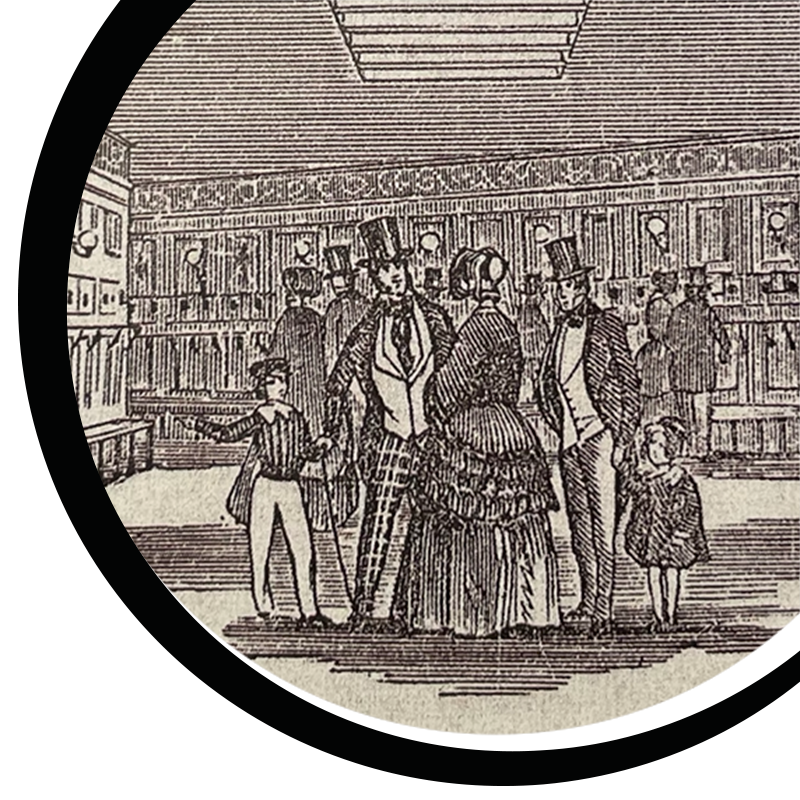Before virtual reality, peeping has long been a widespread media practice. Since the 18th Century, the world has been presented in lensed and boxed apparatuses that aroused wonder and seduced audiences showing, for instance, day-light scenes of distant cities turning into enchanting night views. This is part of an unexplored bicentennial media culture of immersion that is still alive today and that was initially launched by peepshows and cosmoramas: one of the earliest media systems in Europe that produced and distributed ‘vues d’optique’ (or transparent views) from central cities such as Paris or London to the Iberian Peninsula.
Curiositas engages with the notion of ‘virtual heritage’, reviewing this forgotten history of early immersive media and examining its cultural impact on other peep media such as stereoscopic photography and virtual reality. Moreover, Curiositas introduces an innovative digital humanities approach to media studies, timely exploring the potential of virtual reality as a unique, comparative research tool. What is at stake as a goal is the production of a media archaeology of ‘immersion’ through virtual reality and the specific case study of the Iberian Cosmoramas. The Curiositas project, organized by Universidade Lusófona and by Universidade NOVA de Lisboa, is at a crossroads of disciplines, and will thus be developed by a team of national and international researchers with solid expertise in communication sciences, history of early media, history of art, virtual reality and museology. The project will also benefit from the institutional partnerships established with the Cinemateca Portuguesa and the Museum of Cinema of Girona.
Project ID and Funding
Title: Curiositas: Peeping Before Virtual Reality. A Media Archaeology of Immersion Through VR and the Iberian Cosmoramas
Financing Agency: FCT-Portugal
Reference: PTDC/COM-OUT/4851/2021
Dates: 01.01.2022 – 31.12.2024
DOI 10.54499/UIDB/05260/2020
Funding: 233.997,62€
Design: Rute Muchacho
Developer: Ricardo Amaro
Main Institutions
Lusófona University (CICANT – Centre for Research in Applied Communication, Culture and New Technologies)
Nova University
Partners
Portuguese Cinematheque- Cinema Museum
Museu del Cinema – Collecció Tomàs Mallol of Girona
Participating Institution
Salamanca University
Location
Early Visual Media Lab – CICANT, Av. Campo Grande, 388, Ed. U, Gab. U.1.5
1749-024 Lisboa
Portugal
Contacts
Email: earlyvisualmedialab@ulusofona.pt
Phone: +351 217 515 500

